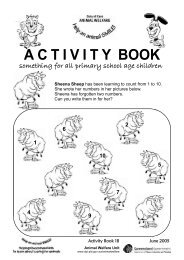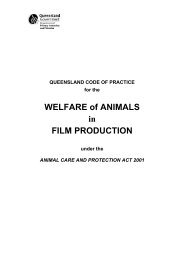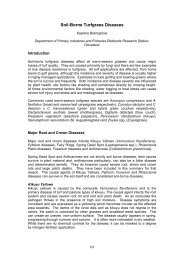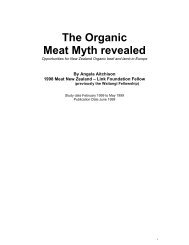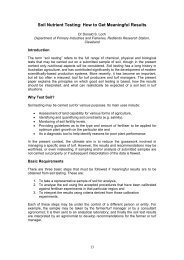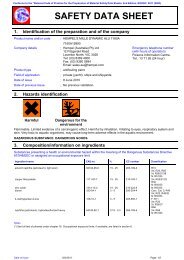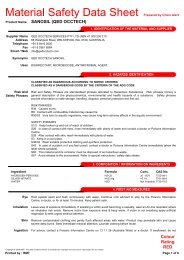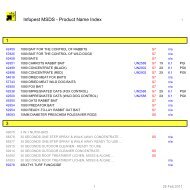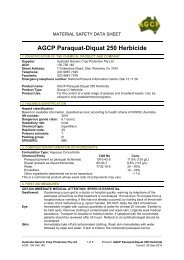Guidelines For Rural Beekeeping In Queensland
Guidelines For Rural Beekeeping In Queensland
Guidelines For Rural Beekeeping In Queensland
You also want an ePaper? Increase the reach of your titles
YUMPU automatically turns print PDFs into web optimized ePapers that Google loves.
Good beekeeping practices<br />
Hive placement<br />
The correct placement of hives is an important consideration for responsible beekeeping. <strong>In</strong> rural<br />
situations many issues should be considered to minimise impact on neighbouring property,<br />
stock or persons; for example, a horse in the same paddock or adjacent to a property gate or an<br />
apiary close to a dwelling. Bees should not be located within 50 m of an adjoining rural zoned<br />
neighbour’s dwelling.<br />
Hives should also be placed well away from roads, footpaths, parks and school bus stops.<br />
Presumably the pre-issue of a permit on Crown Land or other authority would have already covered<br />
many of the problems that may occur and a designated area will be defined on the permit.<br />
Privately sited apiaries can pose enormous problems if placed incorrectly or overstocked. The following<br />
considerations may minimise some of these problems:<br />
• Hives must not be within 30 m of a main thoroughfare.<br />
• Apiaries should be faced away from bright light sources, e.g. floodlights. A reasonable distance<br />
from bright light sources is 100 m.<br />
• Water and grain feeds can attract high numbers of bees during floral dearth and dry times.<br />
Alternative feed/stores and water should be available to the bees. Therefore, do not place hives<br />
near stock feeding points.<br />
<strong>In</strong> extreme circumstances an apiary may have to be shifted during the problem period. Regular<br />
communication with the property owner is advised so that any problem may be quickly rectified.<br />
Fire prevention<br />
It is recommended that apiaries be mown and cleaned of debris that could be combustible, such<br />
as branches, twigs and dead grass. It is advisable to construct a firebreak at least 2 m wide around<br />
the apiary to minimise risk to the apiary. Grass and bush fires can destroy apiaries quickly as the<br />
components are highly combustible. The fire risk should be considered carefully when choosing<br />
prospective sites.<br />
Easy access to the apiary in a severe bush fire season is also an important factor.<br />
Beekeepers should conform to all fire bans placed on areas where they have located apiaries.<br />
The lighting of smokers may be strictly prohibited. Check with local fire authorities, e.g. <strong>Rural</strong> Fire<br />
Brigade Division of <strong>Queensland</strong> Fire and Rescue Service.<br />
<strong>In</strong> times of fire risk, it is advisable that the bee smoker be kept in a fireproof container such as a cut<br />
down 20 litre drum. Sparks escaping from the air intake at the base of the smoker are a possible<br />
source of fire.<br />
The reporting of fires is an important community responsibility and should be acted upon<br />
immediately to minimise damage. All clearing of vegetation must take into account possible<br />
restrictions made under the Vegetation Management Act 1999 and Vegetation Management<br />
Plan 2000.<br />
21



